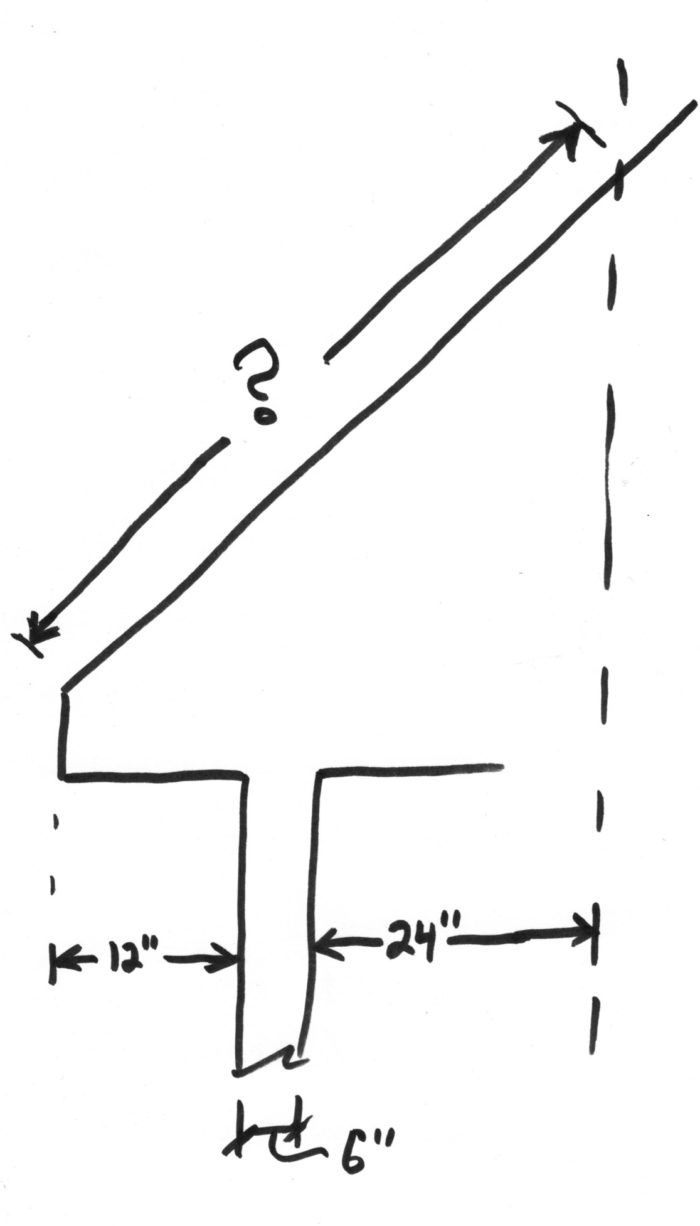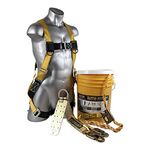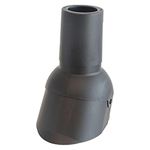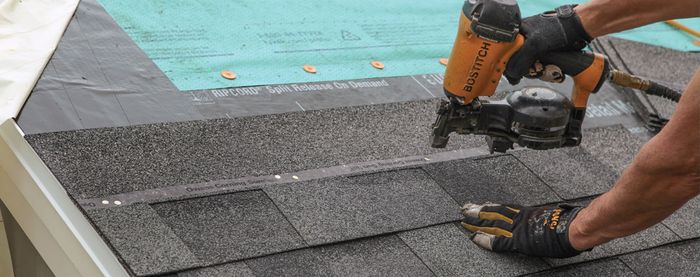Ice-Dam Protection: How Far Up the Roof Slope?
Here's why 3 feet probably isn't high enough to meet code.

Most roofers install one 3-ft.-wide roll of self-adhering ice barrier membrane along the eave edge to prevent leaks due to ice dams. On most roofs this isn’t far enough to comply with the International Residential Code. Section R905.1.2 Ice Barriers in the 2018 IRC says the ice barrier “… shall … extend from the lowest edges of all roof surfaces to a point not less than 24 inches inside the exterior wall line of the building.”
The 24 in. is measured horizontally, so when you figure in a typical eave overhang and the wall thickness and then calculate how far up the roof slope the membrane has to reach, it exceeds the typical 36-in. sheet width.
A couple of examples of how far up the slope of the roof the ice barrier membrane must be installed:
6 pitch roof with a 12 in. overhang and a 2×6 exterior wall: 47 inches up the roof slope from the drip edge
8 pitch roof with a 12 in. overhang and a 2×6 exterior wall: 50-1/2 inches up the roof slope from the drip edge
12 pitch roof with a 12 in. overhang and a 2×6 exterior wall: 59-3/8 inches up the roof slope from the drip edge
So what’s the harm if the ice barrier isn’t applied far enough up the roof slope?
During winters when there is a lot of snow and ice dams form higher up the roof slope, water can pond up behind the dams and reach higher than 36 in. The winter of 2014-2015 in my southern New England area reinforced the need for ice barriers to be installed according to the code. Heavy snowfalls coupled with melting and refreezing temperatures resulted in larger ice dams than usual. Homes that had never experienced roof leaks were damaged by ice-dammed water flooding inside ceilings and walls. In the cases I examined, had the ice barrier been installed according to the code, there likely would not have been leaks. By installing the ice barrier up to the prescribed point, there is less of a chance of leaks occurring.
Check out the other parts of this series on ice barriers:
These articles and podcast episodes shed more light on the topic:
www.mikeguertin.com | @mike_guertin
Fine Homebuilding Recommended Products
Fine Homebuilding receives a commission for items purchased through links on this site, including Amazon Associates and other affiliate advertising programs.

Fall Protection

Flashing Boot Repair

Roofing Gun

